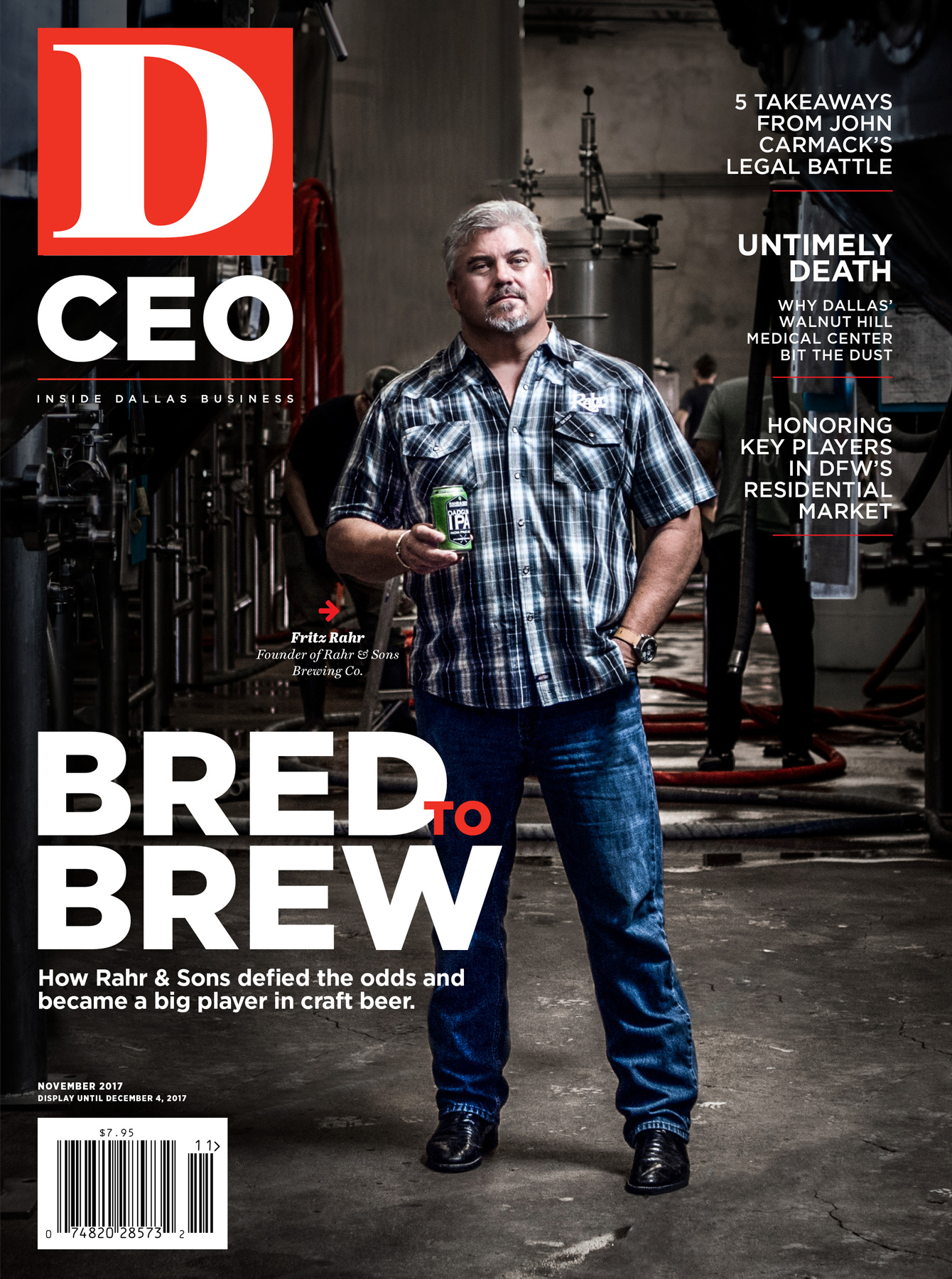At first glance, the effort to recover money for victims of Allen Stanford’s $7 billion Ponzi scheme looks a bit like Jarndyce and Jarndyce, the endless chancery court case satirized in Charles Dickens’ book, “Bleak House.” Stanford, you’ll recall, was convicted by a Houston jury in 2012 for swindling investors and sentenced to 110 years in prison.
Eight years into the case, with no end in sight, the receivership set up in Dallas federal court to unwind Stanford’s fraud has turned up only a small percentage of investors’ lost billions. Just as troubling, nearly half of what has been secured so far has gone to pay lawyers and accountants.
Dickens’ fictional case, concerning a disputed will, ends with the announcement that no money is left to fight over because lawyers’ fees consumed it all.
In real-life, Securities and Exchange Commission v. Stanford International Bank Ltd., receiver Ralph Janvey’s most recent report to the court states that lawyers and other professionals they’ve hired have collected $136.2 million in fees and expenses, spent $59.6 million on “non-professional” expenses, and distributed $94.2 million to victims. They have another $116 million on hand, about $60 million of which is available for victims. Legal settlements already inked put another $232 million in the pipeline.
The numbers need at least another zero to approach a decent recovery. And the story behind that is the reason SEC v. Stanford doesn’t hold up as a case of overpaid professionals gobbling up all the money, or a modern-day Jarndyce and Jarndyce. Stanford, it turns out, was such a world-class spendthrift that he blew or lost most of the money, so it will never be recovered.
“The money Stanford acquired through his fraud over more than 20 years was spent and squandered in ways that render much of it unrecoverable as a practical matter,” says Kevin Sadler, Janvey’s lawyer and a partner with Baker Botts LLP. Before the feds shut down Stanford’s operations in February 2009, Stanford was spending more than $30 million per month “just to keep the doors open and lights on for his far-flung business operations,” Sadler says.
Operating out of Houston and Antigua, the Texas-born fraudster peeled off $16 million just to refurbish one of his two yachts. When the receiver sold the 112-foot craft, it fetched less than a quarter of that amount.
Beyond the boats, aircraft and mansions, Stanford wasted vast sums on speculative investments—losing a quarter of a billion dollars on just two of them—and made billions of dollars in fake interest payments on his bogus certificates of deposit, some of which, because of geography or collectability, will never be recovered, Sadler explains. According to claims to date, victims deposited as much as $5 billion in Stanford’s CDs, which promised interest rates more than double the market average.
J. Samuel Tenenbaum, a Northwestern University law professor, said recovery of money in the Bernard Madoff fraud was more successful because there were large identifiable sums for receivers to target. In the Stanford matter, recoverable funds are spread across multiple international jurisdictions, including Switzerland, and that has made for a lengthy legal process.
Sadler says the receivership started with little cash on hand and expects to recover at least $800 million total—and perhaps hundreds of millions more. “Unfortunately, that process has been moving at an extraordinarily slow pace and has been further hampered because of years of obstructionist maneuvering by one of the banks Allen Stanford used to facilitate his Ponzi scheme—Société Générale,” Sadler says.
How much the receiver ultimately recovers will depend on the outcome of multiple outstanding lawsuits against former Stanford financial advisors, investors who turned a profit, and two former law firms. Also in their sights are five of Stanford’s former banks, including Paris-based Société Générale, Sadler says, “which collectively helped him launder billions of dollars.”
He expects that work to grind on for three to five more years. For Dickens’ lawyers, that would be record time.
Thomas Korosec writes regularly on business and legal matters for Bloomberg News and D CEO.





